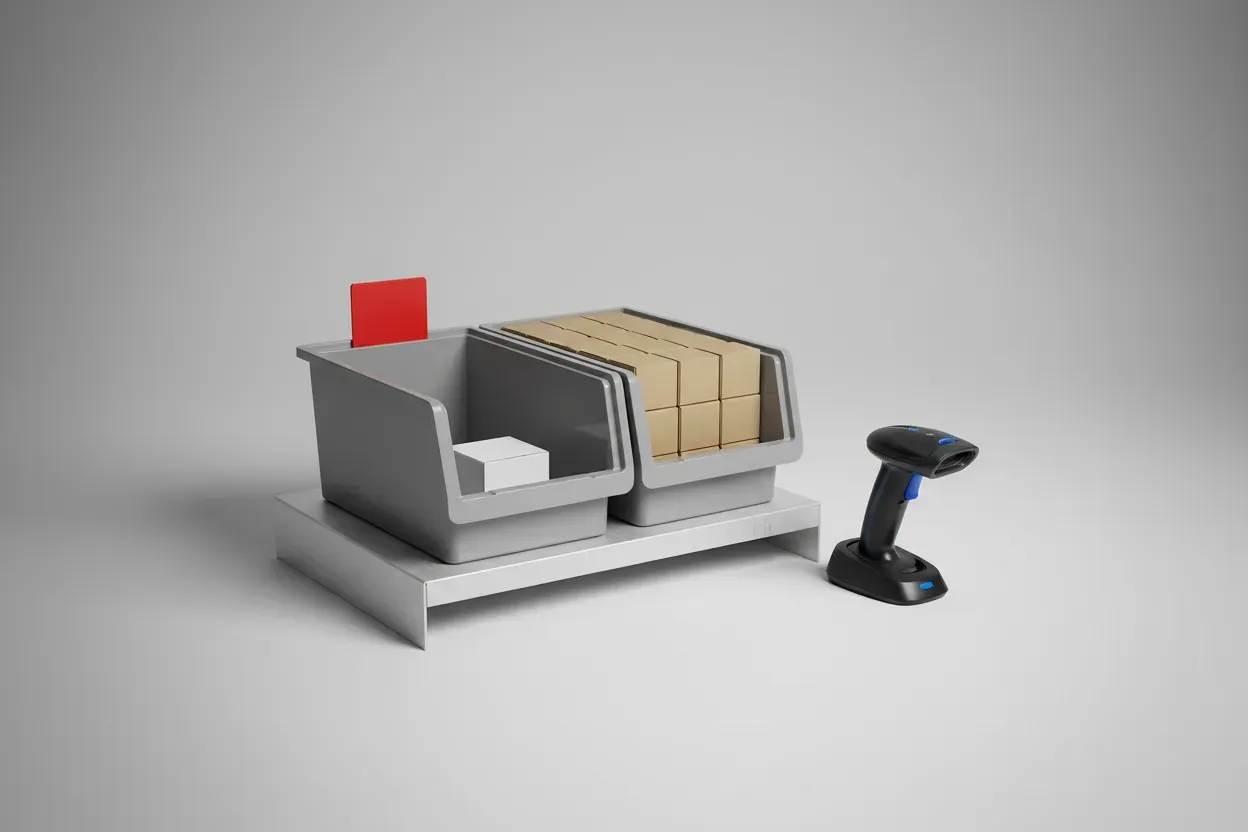What’s Your Preferred Method for Market Research?
Ever wondered what market research techniques top industry leaders swear by? In this Q&A, a Managing Consultant and a Managing Director reveal their most effective strategies. The first insight uncovers the power of the “coffee-shop immersion” technique, while the final tip highlights the importance of combining surveys with data analytics. Explore five expert insights that can transform your approach to market research.
- Utilize Coffee-Shop Immersion Technique
- Leverage Customer Feedback Surveys
- Listen to Social Media Feedback
- Conduct In-Depth Customer Interviews
- Combine Surveys and Data Analytics
Utilize Coffee-Shop Immersion Technique
One of my favorite market-research techniques, which has consistently yielded valuable insights, is what I call the “coffee-shop immersion.” It’s a simple but effective approach I developed during my time at Civey and have since refined. Here’s how it works: I spend a day or two in various coffee shops around the target market area, observing people, eavesdropping on conversations (ethically, of course), and casually chatting with patrons. This gives me a real, unfiltered view of how people talk about products, services, and their daily challenges.
I remember once doing this for a fintech startup client and overhearing a conversation about the frustrations of international money transfers. That casual chat led to a pivotal feature in our client’s app. We’ve combined this grassroots approach with more traditional methods like surveys and data analysis. We find that this mix of qualitative and quantitative data gives us a well-rounded view of the market. It’s not just about numbers; it’s about understanding the human element behind those numbers. This technique has helped numerous startups we’ve worked with to refine their product-market fit and create more engaging marketing strategies.
 Niclas Schlopsna
Niclas Schlopsna
Managing Consultant and CEO, spectup
Leverage Customer Feedback Surveys
I take advantage of customer feedback through surveys and social media polls. After each event, I send out a quick survey to attendees. It includes questions about their experience, what they enjoyed, and areas for improvement. This direct feedback is invaluable; it gives me a clear picture of what resonates with our audience and what doesn’t.
I also monitor social media closely. Platforms like Facebook are treasure troves of insights. By monitoring comments, messages, and even direct mentions, I can gauge the overall sentiment and identify trends in real-time. This helps me understand what events or services generate buzz and what my competitors might do.
Combining these approaches allows me to stay connected with our customers and adapt our offerings accordingly. It’s all about being proactive and responsive to what our clients say, ensuring we remain relevant and creating memorable experiences.
 Joe Horan
Joe Horan
Owner & CEO, Jumper Bee
Listen to Social Media Feedback
It’s simply listening to our customers through social media. We’re very active on platforms like Instagram and Facebook and pay close attention to what our audience is saying. This real-time feedback is a goldmine—it tells us what products people are excited about, what they want to see more of, and even what’s not working for them.
It’s amazing how much insight we can gather by sparking a conversation. It’s a quick and easy way to get a feel for trends, preferences, and emerging needs—all straight from the source.
Another technique we rely on is analyzing product reviews. These often highlight areas for improvement or new opportunities, like adding new flavors or adjusting packaging. By staying tuned into customer feedback and using it to guide decisions, we ensure that we’re meeting our customers’ current needs and staying ahead of the curve in a competitive market.
This direct approach helps us remain connected to our audience and refine our products based on genuine customer input.
 Daisy Cabral
Daisy Cabral
Dynamic CEO, Bella All Natural
Conduct In-Depth Customer Interviews
Conducting in-depth customer interviews. Engaging directly with customers allows for a deeper understanding of their needs, preferences, and pain points. These conversations often reveal insights that surveys or quantitative data might not capture.
To implement this approach, it’s essential to ask open-ended questions that encourage discussion. This format allows customers to express their thoughts freely, providing richer qualitative data. Listening actively and following up on interesting points can uncover valuable information that might not be apparent through standard questions.
Another valuable aspect of this technique is the ability to build rapport with customers. Establishing trust can lead to more honest feedback, which is crucial for making informed business decisions. The insights gained from these interviews can guide product development, marketing strategies, and customer service improvements.
 Ramzy Humsi
Ramzy Humsi
Founder & CEO, Vortex Ranker
Combine Surveys and Data Analytics
One of my go-to-market research techniques is leveraging a combination of customer surveys and data analytics. Surveys provide direct feedback from the target audience, offering insights into customer preferences, pain points, and expectations. Paired with data analytics, which helps in tracking behaviors such as website interactions and purchasing patterns, this approach gives a well-rounded view of both customer sentiment and actual behavior.
I find it essential to ensure the surveys are concise and targeted, focusing on key questions that matter most to both the customer and the business. The data-analytics component adds depth, allowing us to see trends that might not be immediately obvious from survey responses alone. This combination has consistently provided actionable insights, helping to fine-tune our strategies and make more informed decisions in marketing, product development, and customer engagement.
 Oliver Aleksejuk
Oliver Aleksejuk
Managing Director, Techcare
Submit Your Answer
Would you like to submit an alternate answer to the question, “Can you share your go-to market research technique that has provided valuable insights?”







































